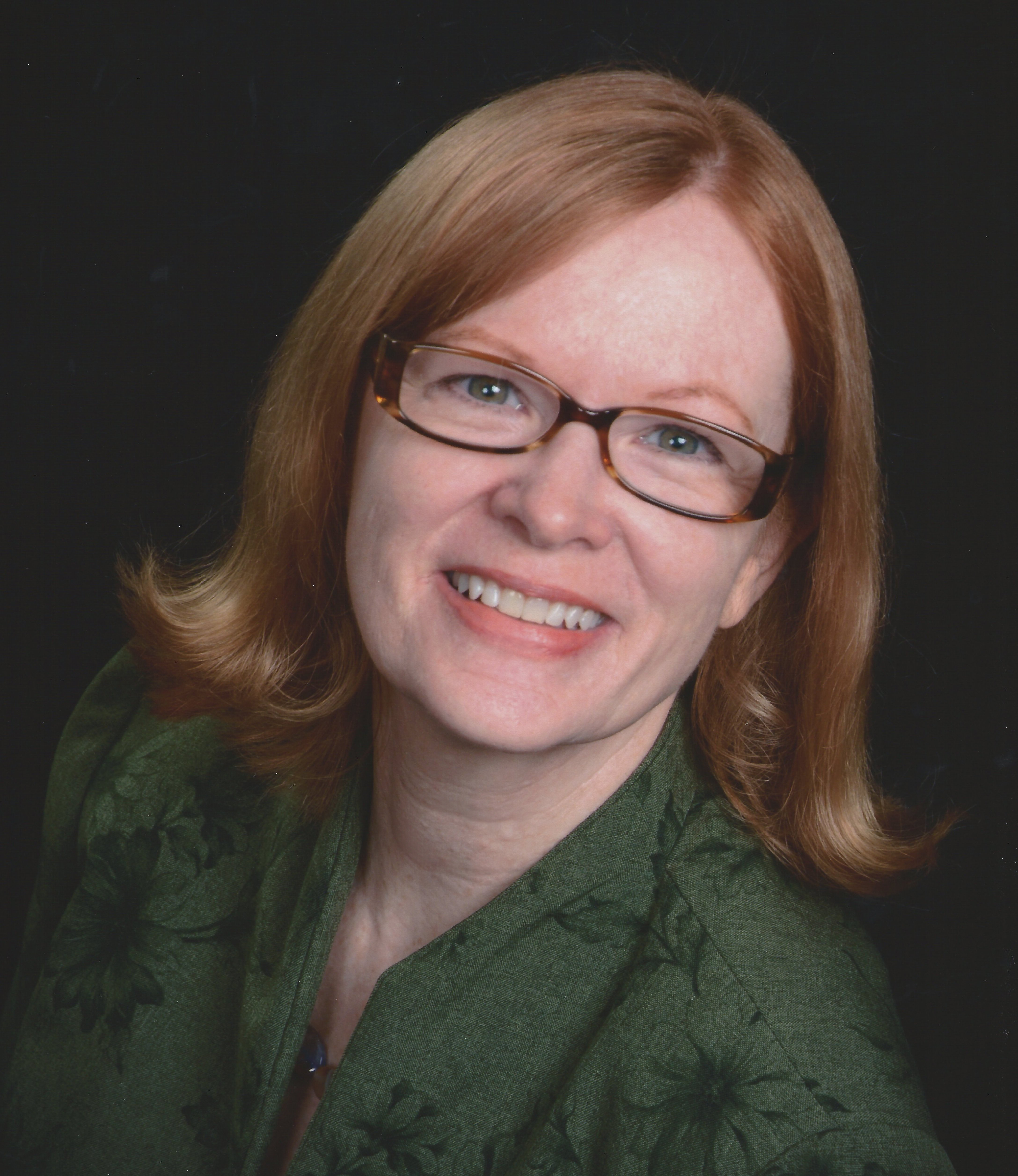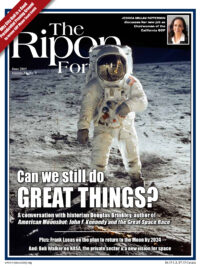
Less than a half cent of every federal dollar goes to NASA. Below are ten ways this investment has benefited me personally, and I feel benefits all Americans.
10) Inspiring Youth — I caught “the space bug” during Apollo 8. I wrote in my diary, “I wish very much to be able to be an astronaut. I’m sorry I’m a girl, but I’ll have to try harder then.”[i]
Research shows that “interest has the power to transform struggling performers, and to lift achievers to a new plane.”[ii] Space helped me face the challenge of a girl pursuing science in the 1970s and is boosting the achievement of millions of kids today.
9) Motivating Education — Most NASA jobs require college degrees. My family couldn’t afford college for me. Motivated by space, I worked and saved money by riding a bike, living without air conditioning, and eating day-old bread. I got my physics degree and a fellowship for grad school. Google “NASA People” to read similar motivational stories.[iii]
8) Jobs — NASA was ranked the #1 best agency to work for in the 2018 GovLoop survey.[iv] In 1979, I was fortunate to become one of only 178 technical women at Johnson Space Center.[v] Now, about 18,000 people (30 percent female) work for NASA plus 60,000 contractors in eight states and DC.[vi] Though NASA selected 12, some 18,300 people applied for the Astronaut Class of 2017.
Studies predict a trillion-dollar space market by 2030.
7) Role Models — In the 1960s, my role model was Star Trek’s Lt. Uhuru —communications officer — played by Nichelle Nichols. By 1982, I was a Flight Activities Officer in Mission Control. A 2019 survey of kids’ dream jobs ranked scientist at 5 and astronaut at 11.[vii] Find these NASA role models on Twitter or meet them in person. In 2018, a million space center visitors had the opportunity to share lunch with an astronaut.[viii]
6) Commerce — Want to fly in space? Billionaires Jeff Bezos, Elon Musk, Robert Bigelow, and Richard Branson are betting on it. The International Space Station is open for business, too. Tourism is a growing sliver of the global space economy, worth $344.5 billion in 2017. Studies predict a trillion-dollar space market by 2030.[ix]
5) Scientific Knowledge — Every week I learn something new via the Lunar Planetary Institute — from hidden craters on Earth to what a black hole looks like. Missions to other worlds, the Sun, and studies of exoplanets further help all of us understand and appreciate Earth and the riches space has to offer.[x]
4) Foreign Policy — If we can go to the Moon, we can do anything (military or technical). In the 1960s, America used space as a foreign policy tool to convince other countries of our worthiness to lead, and our ability to protect them. Space “soft power” ended the Cold War.[xi]
Today China is launching more rockets than any other country. They were first to land on the lunar far side. China’s commercial space sector will be worth $120 billion in 2020.[xii]
3) Planetary Defense — “City-killer” asteroids whizz past Earth almost daily.[xiii] One is almost guaranteed to hit Earth within a few hundred years. A 2019 drill, coordinated by NASA, estimated $73.9 million in damages with 10 million people displaced by a mere 200-foot fragment striking New York City.[xiv]
NASA’s OSIRIS-Rex, studying the asteroid Bennu (which has a slight chance of impact in the 2100s) is providing data to devise strategies to defend the planet. Avoiding extinction is, of course, priceless.
Learning to live in space using the resources found there will lead to unlimited expansion and growth of human civilization.
2) Spinoffs — Cordless vacuums, memory foam, and scratch-resistant sunglasses are NASA spinoffs. As a Star Trek fan, DNA Medicine Institute’s tricorder is one of my favorites. This handheld device has reusable sensors instead of throw-away cartridges. Using optical fluorescence, it efficiently performs a whole host of tests on one drop of blood—perfect for use in space.[xv] Look for these devices in every ambulance, military unit, and starship soon.
1) Life without Limits — As Presidential Science Advisor John Marburger said in 2006, “Questions about vision [for space] boil down to whether we want to incorporate the solar system in our economic sphere or not. For a space program to serve national scientific, economic and security interests, we must learn to use what we find in space to create new capabilities, starting with the material and energy resources of the Moon.”[xvi]
Learning to live in space using the resources found there will lead to unlimited expansion and growth of human civilization. Realizing a future without limits is the ultimate benefit of the space program to all Americans.
Marianne Dyson is a former flight controller at NASA who is now an award-winning children’s author. Visit her at www.MarianneDyson.com.
____________________________________________________
[i] Dyson, Marianne. A Passion for Space. Springer, 2015. Page xvi. Posted online: http://www.mariannedyson.com/passion2.html
[ii] Paul, Annie Murphy. “How the Power of Interest Drives Learning.” KQED News. Nov. 4, 2013. Online: https://www.kqed.org/mindshift/32503/how-the-power-of-interest-drives-learning
[iii] NASA People. Accessed 6-10-19. Online: https://www.nasa.gov/about/people
[iv] Willis, Maddie. “Best Places to Work in the Federal Government 2018 Awards.” Govloop. December 13, 2018. Posted online: https://www.govloop.com/best-places-work-federal-government-2018-awards/
[v] Dyson, Marianne. A Passion for Space. Springer, 2015. page 40.
[vi] NASA. “Where We Work.” https://www.nasa.gov/careers/where-we-work
[vii] Doyle, Alison. “Top 15 Kids’ Dream Jobs.” The balance careers. June 2, 2019. Online: https://www.thebalancecareers.com/top-kids-dream-jobs-2062280
[viii] NASA JSC. NP-2018-05-010-JSC. JSC Magazine. 2018. Online: https://www.nasa.gov/sites/default/files/atoms/files/jsc_magazine_2018.pdf
[ix] Dyson, Marianne. “Space Business Challenges.” Ad Astra magazine. Winter 2017-18.
[x] USRA. Planetary News. Weekly. Online: https://www.lpi.usra.edu/planetary_news/
[xi] Dick, Steven J. and Roger D. Launius, editors. Societal Impact of Spaceflight. NASA SP-2007-4801. 2007. Chapter 11 available online: https://history.nasa.gov/sp4801-chapter11.pdf
[xii] Arcesati, Rebecca. “China’s space program is about more than soft power.” Mercator Institute for China Studies. 2-21-2019. Online: https://www.merics.org/en/blog/chinas-space-program-about-more-soft-power
[xiii] IAU. Center for Astrophysics, Harvard & Smithsonian. Minor Planet Center. “Asteroid Hazards: The View from Space.” Running Tallies. June, 8, 2019. https://www.minorplanetcenter.net/asteroid_hazard_videos
[xiv] Center for Near Earth Object Studies. Planetary Defense Conference Exercise – 2019. https://cneos.jpl.nasa.gov/pd/cs/pdc19/
[xv] NASA Spinoff 2013. Health and Medicine, pages 48-49. Online: https://ntrs.nasa.gov/archive/nasa/casi.ntrs.nasa.gov/20140000080.pdf
[xvi] Spudis, Paul. The Value of the Moon. Smithsonian Books. 2016. Page 97.




